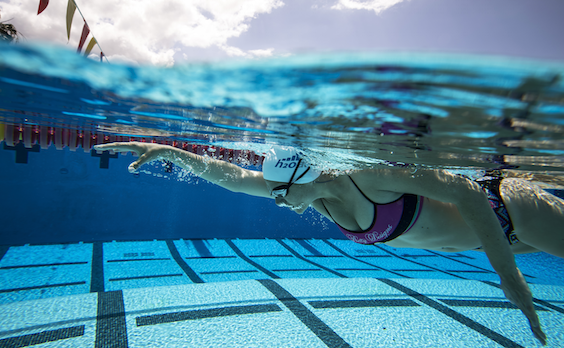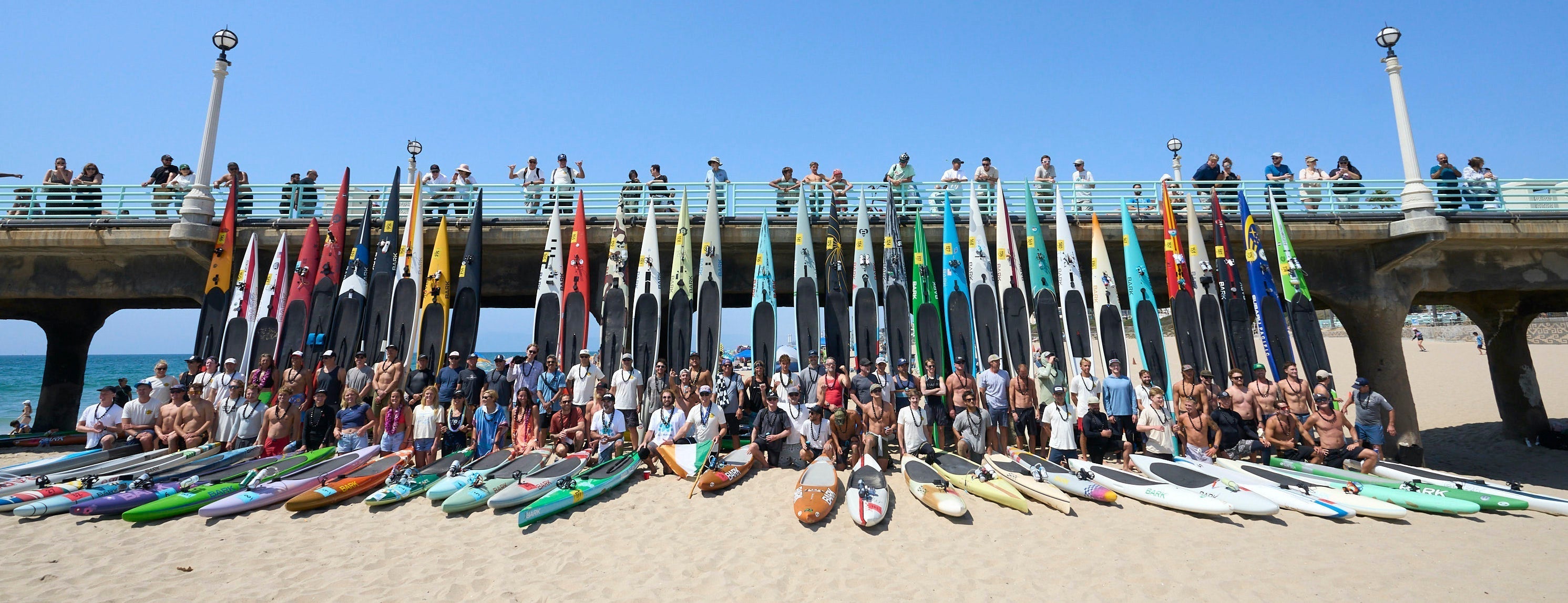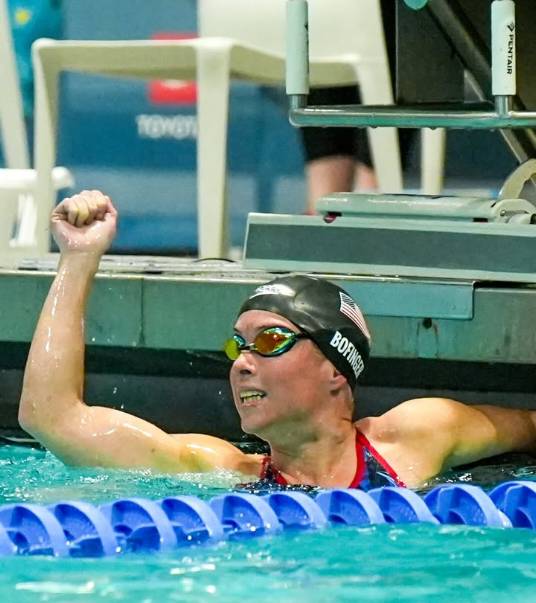We get a lot of questions about Bluetooth and how it works in water.
Bluetooth (BT) is a standard for communication between devices, and can be used to send audio from a source (like an iPhone) to a receiver (like BT headphones). All BT devices use 2.4GHz radio frequency—which does not work well in water. This is due to laws of physics, as water molecules attenuate the signal. When any Bluetooth device is put underwater, the range is just few inches. Also, Bluetooth is a low-power system and the range in air is about 30ft/10m.

So, how can you use Bluetooth with swimming?
A: Your Bluetooth source is on land (side of the pool):
You will need to be within the Bluetooth range of 30ft/10m and the STREAM or SURGE BT needs to be above the surface.
Many customers have put their phone on the side of the pool and have been very successful with this. Clip the STREAM on top of your head and this will keep it from submerging and the best way to maintain connection.
B: Your Bluetooth music source is with you:
Some customers use their Apple Watch as the music source. The Apple Watch can send music to INTERVAL
If you want try to use SURGE BT or STREAM player - In this case, you have to taken the Apple Watch off your wrist and strap it on your goggles near the SURGE BT or STREAM. Not optimal, but it works well.
C: Other Alternatives?
Also - if you are looking to listen to streaming music, there are other options:
- Like we described in a previous blog. You can use your phone and our Amphibx case. Here.
- STREAM player: You can download/record streaming music to memory and play from memory: (due to copyright issues Spotify/Pandora do not allow access to the files). You will need to use an audio recorder—such as https://www.apowersoft.com/free-audio-recorder-online. You can play your stations on the laptop during the day—and have a powersoft record the station and create the MP3 files. Then simply copy that file to the STREAM player like any other MP3 file. It is super easy and works really well.
I hope that helps.
Sincerely,
Kristian





Share:
Last Minute Father’s Day Gifts for the Water Loving Dad
H2O Audio Announces FLOAT Waterproof, Floating Bluetooth Speaker